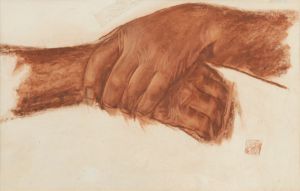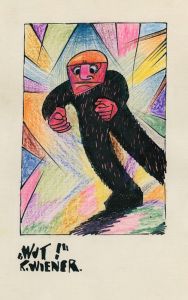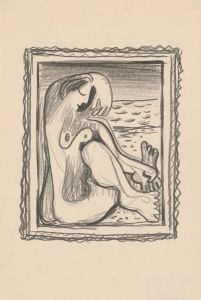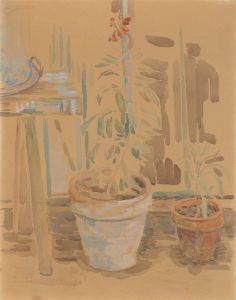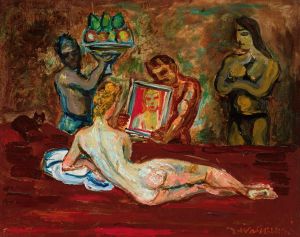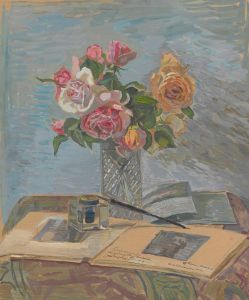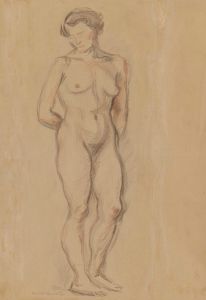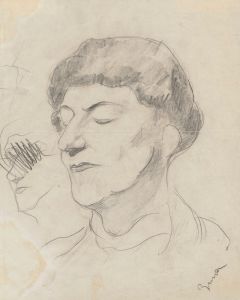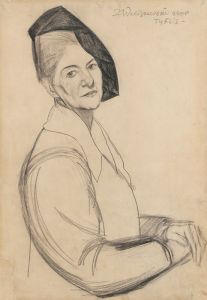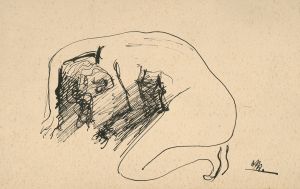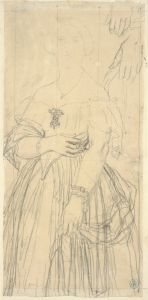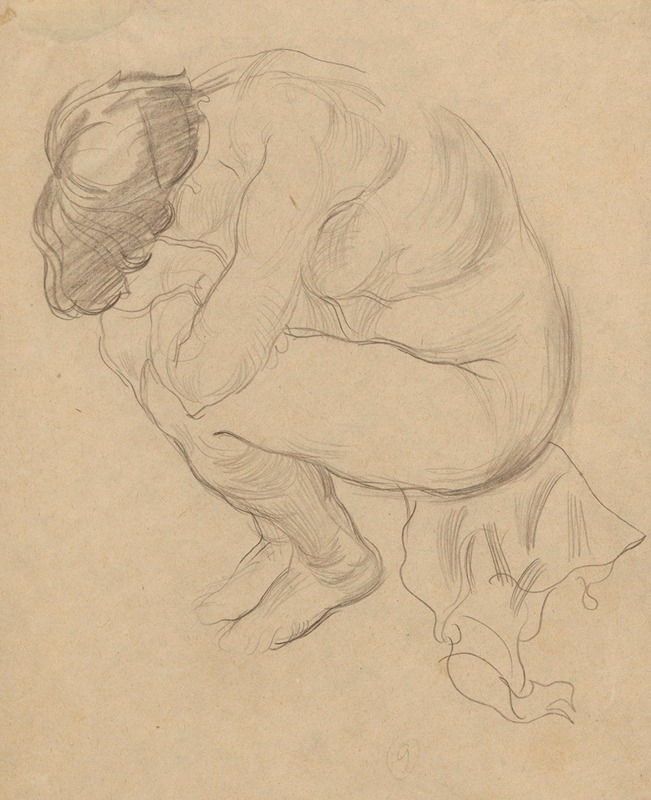
Study of a female nude
A hand-painted replica of Zygmunt Waliszewski’s masterpiece Study of a female nude, meticulously crafted by professional artists to capture the true essence of the original. Each piece is created with museum-quality canvas and rare mineral pigments, carefully painted by experienced artists with delicate brushstrokes and rich, layered colors to perfectly recreate the texture of the original artwork. Unlike machine-printed reproductions, this hand-painted version brings the painting to life, infused with the artist’s emotions and skill in every stroke. Whether for personal collection or home decoration, it instantly elevates the artistic atmosphere of any space.
Zygmunt Waliszewski was a notable Polish painter, born on December 1, 1897, in Saint Petersburg, Russia, and he passed away on October 5, 1936, in Kraków, Poland. He was a prominent figure in the Polish art scene during the interwar period and is often associated with the Kapists, a group of Polish colorists who were influenced by the French Post-Impressionists. Waliszewski's work is characterized by its vibrant use of color and dynamic compositions, often drawing inspiration from both modernist trends and traditional Polish themes.
"Study of a Female Nude" is one of Waliszewski's works that exemplifies his skill in capturing the human form with a sense of vitality and expressiveness. Although specific details about this particular painting are scarce, it can be contextualized within Waliszewski's broader oeuvre, which frequently explored the human figure, landscapes, and still lifes. His approach to the nude was likely influenced by his academic training and exposure to various European art movements during his travels.
Waliszewski studied at the Academy of Fine Arts in Kraków, where he was under the tutelage of Józef Pankiewicz, a key figure in introducing modernist ideas to Polish art. Pankiewicz's influence is evident in Waliszewski's use of color and form, as well as his interest in the interplay of light and shadow. After his studies in Kraków, Waliszewski spent time in Paris, where he was exposed to the works of the Fauves and other avant-garde artists. This experience further shaped his artistic style, leading to a more liberated use of color and a departure from strict realism.
In "Study of a Female Nude," Waliszewski likely employed a loose, expressive brushwork technique, characteristic of his later works. His nudes often convey a sense of movement and emotional depth, achieved through the dynamic application of paint and a keen understanding of anatomy. The painting would have been created during a period when Waliszewski was exploring the boundaries of form and color, seeking to capture not just the physical appearance of his subjects but also their inner vitality.
Waliszewski's contribution to Polish art is significant, as he played a role in bridging traditional Polish art with modern European trends. His works are celebrated for their bold use of color and innovative compositions, which continue to influence Polish artists today. Despite his relatively short life, Waliszewski left behind a rich legacy of paintings that reflect his unique vision and artistic prowess.
"Study of a Female Nude" is a testament to Waliszewski's ability to blend classical themes with modernist techniques, creating works that are both timeless and contemporary. His paintings remain an important part of Polish cultural heritage, housed in various museums and collections, where they continue to be studied and admired for their artistic merit and historical significance.





